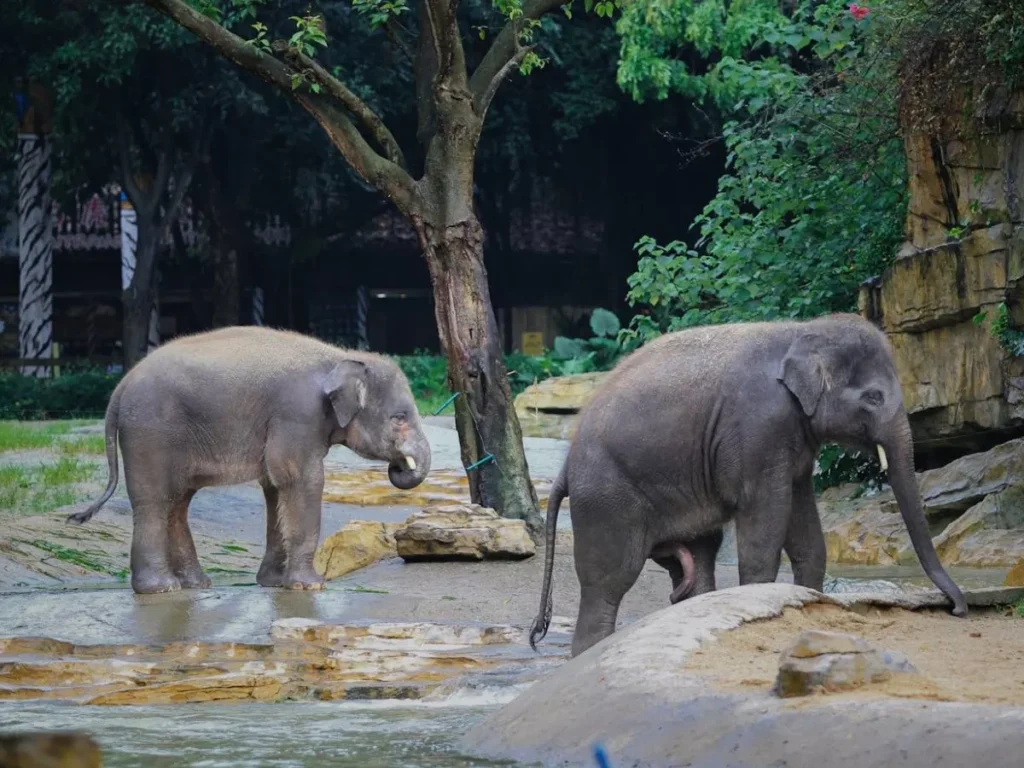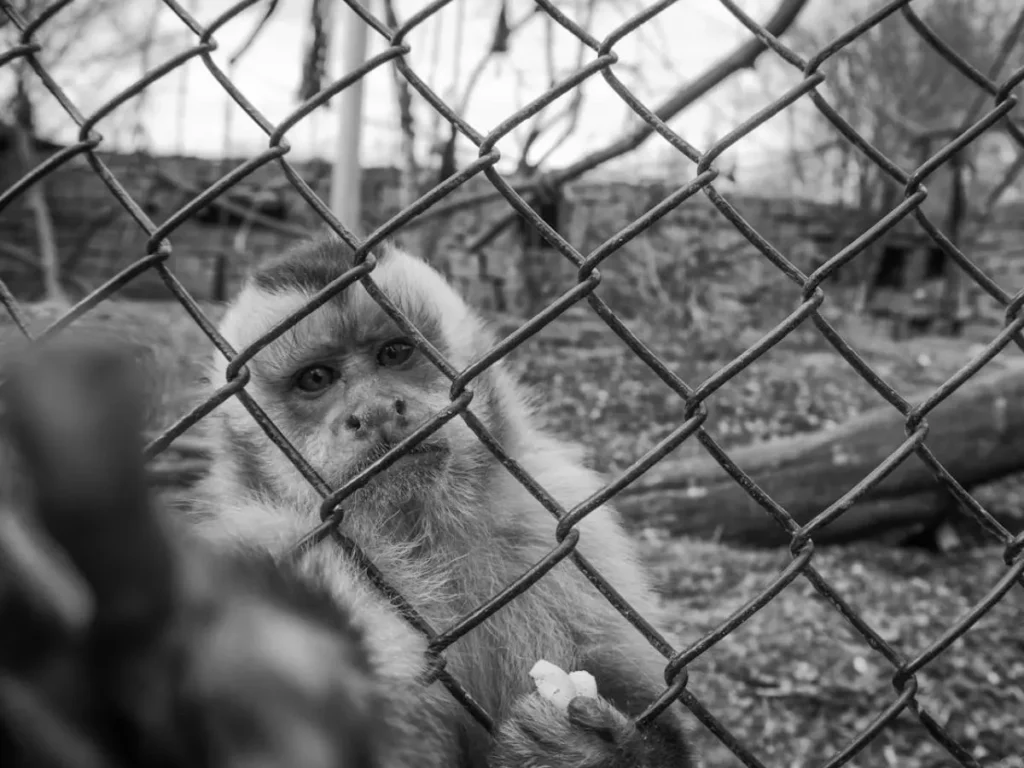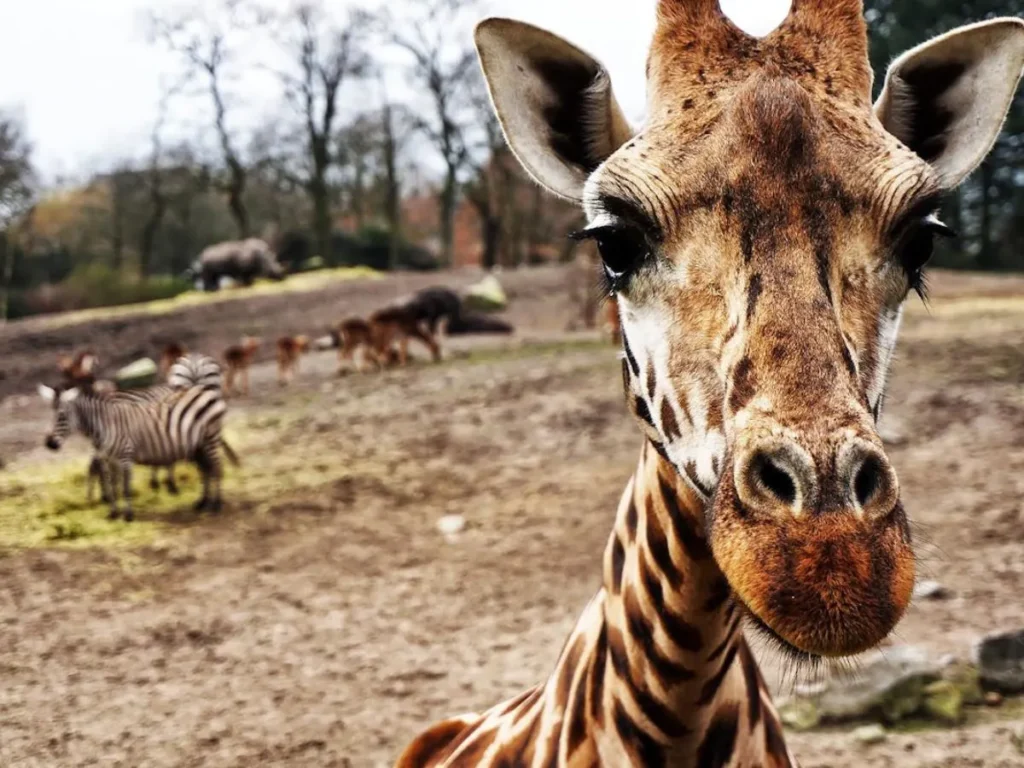Everyone would wonder which was the first animal in the known history to get justice in the formal and traditional court system, it was indeed in 1822, a badly abused donkey became the first animal to receive justice in a British court. It was marked as a Donkey’s Day in Court.
In 2022, there were five donkeys in the courtroom in Chitral, Pakistan which sparked curiosity and discussion that what was the purpose of their presence? This blog post will look into the details of this case, focus at historical examples, and explore modern developments in animal rights, showing how our relationship with animals is evolving.

Table of Contents
The Case of Chitral’s Five donkeys taken to court for Smuggling Timber:
These five donkeys were involved in a timber smuggling case and their appearance in courtroom is a rare example of how animals can be part of legal proceedings. They were brought before the Assistant Commissioner of Droosh Tuseefullah Court where the initial involvement was in the smuggling of goods especially timber. The main reason for bringing them to court was to ensure their safety and prevent them from being used in illegal activities again. The goal of the Court was to ensure that they were well cared for and not being mistreated. After inspecting their condition, the court was satisfied and handed the donkeys over to the forest department. This extraordinary case point out a growing awareness of animal welfare and legal responsibilities.

Animals in Court: Historical Examples:
The granting of justice to animals is not a new idea but an older one. As I mentioned before, it was the year 1822, a donkey was brought to the court in United Kingdom for Justice. However, the details to the happening is not too much elaborated, this case is one of the earliest known instances of an animal being part of a legal process.
Global Movements for Animal Rights:
There have been important proceedings in animal rights around the world in recent years. For instance, in 2013, India banned the capture and confinement of dolphins and orcas, acknowledging their intelligence and need for exceptional protections. This step is part of a larger global trend toward recognizing animals’ rights.
The Case of Happy the Elephant:
Happy, an elephant at the Bronx Zoo in the United States of America is another famous example. It was argued by the advocates of Happy that she was held in conditions that violated her rights. This case drew remarkable attention to the ethical treatment of Zoo animals and is an example of how animals can be part of significant legal discussions.

The Changing Concept of Animals as Property:
These type of cases has change the perspective of general public towards recognizing and respecting animals’ rights. It was common practice in the past of treating animals as property rather than beings with their own needs and feelings. The legal system is increasingly considering their welfare after learning more about animal intelligence and emotions.
International Efforts and Legislation Related to Animal Rights:
Most of the countries have taken firm steps to protect animals. Chile, Hungary and Costa Rica have put limitations on the capture and confinement of certain animals. The declaration of Rights for cetaceans have been created by Finland, recognizing their complex mental abilities, it shows the significance of efforts and legislation made in relation to the well-being of animals.
Sandra, an orangutan in Buenos Aires was given the rights to freedom even it is a nonhuman person. This revolutionary decision was taken in 2014. Sandra was shifted to a sanctuary in Florida, showing a move toward acknowledging the rights and autonomy of animals.

Legal Advances in Pakistan:
Islamabad’s only zoo shuts after last animals moved in 2020 at the direction of Islamabad High Court because the animals were not cared for properly and their conditions worsened day by day. Progress in animal rights is also made in Pakistan. The Chief Justice of the Islamabad High Court ordered the release of Kaavan, an elephant who had been in poor conditions Recommendation to teach animal welfare in schools, reflecting a growing commitment to animal rights in Pakistan, has also been included in the detailed decision.
The Role of Advocacy and Public Awareness:
Public awareness and promotion of such narratives which support and harness animal rights is the dare need of today’s world. The attempts made by prominent activists and organizations have been vital in cases like Kaavan, Happy and Sandra. These cases show how important it is to continue advocating for animals and how public opinion can influence legal and ethical standards.
Challenges and Future Directions:
There are still challenges despite progress but optimism and hope can be relatively vital in shaping legislation relevant to animals. Majority of animal species still face exploitation and lack adequate legal protections. Animal welfare laws are not always well enforced and the situation can vary widely between regions. Ongoing advocacy and global cooperation are important to address these issues and ensure that animals are treated with the respect they deserve.
Despite progress, challenges remain. Many animals still face exploitation and lack adequate legal protections. Animal welfare laws are not always well enforced, and the situation can vary widely between regions. Ongoing advocacy and international cooperation are essential to address these issues and confirm that animals are treated with the respect they deserve.

Conclusion:
The case of the donkeys in Chitral was a pleasant and unusual wave coming from Pakistan, highlights the evolving nature of our treatment of animals. These type of steps will pave ways for the creation of evolving animal rights. As we move forward, it’s important to stay vigilant and proactive in advocating for the well-being and rights of all animals.
Read also;
What is Live-In Relationship? Its Meaning, Definition and Legal Status
Scales of Justice: Symbol of Justice
History and Context of Let’s Kill all the Lawyers by Shakespeare
Justice Delayed is Justice Denied in 2025
The Meaning, History and Symbol behind Lady Justice Statue
5 Reasons Why Judges Break Pen After Signing Death Sentence
What is animal justice?
Animal justice means the allowing animals the freedom to live full lives. It is according to philosopher Martha Nussbaum.
How can we give justice to animals?
How can we give justice to animals?
We can give justice to animals by support shelter animals. It means adopting animals from a shelter or rescue. By adopting, you’re not just giving an animal a loving home; you’re freeing up space for another to be rescued.
Do animals have legal rights in the US?
Yes animals have legal rights in the US. Most of the animal laws are on the state level or under city and country ordinance. Exotic animals, pets, animals used for research or product testing, and service animals all have rights.
What is the Pets Act USA?
The Pets Act USA provide shelter, rescue, essential needs and care for individuals with household pets.
What is Animal Welfare Act (AWA)?
The minimum standards of care and treatment to be provided for certain animals bred for commercial sale; used in research, teaching, or testing; transported commercially; or exhibited to the public as per the Animal Welfare Act (AWA).



